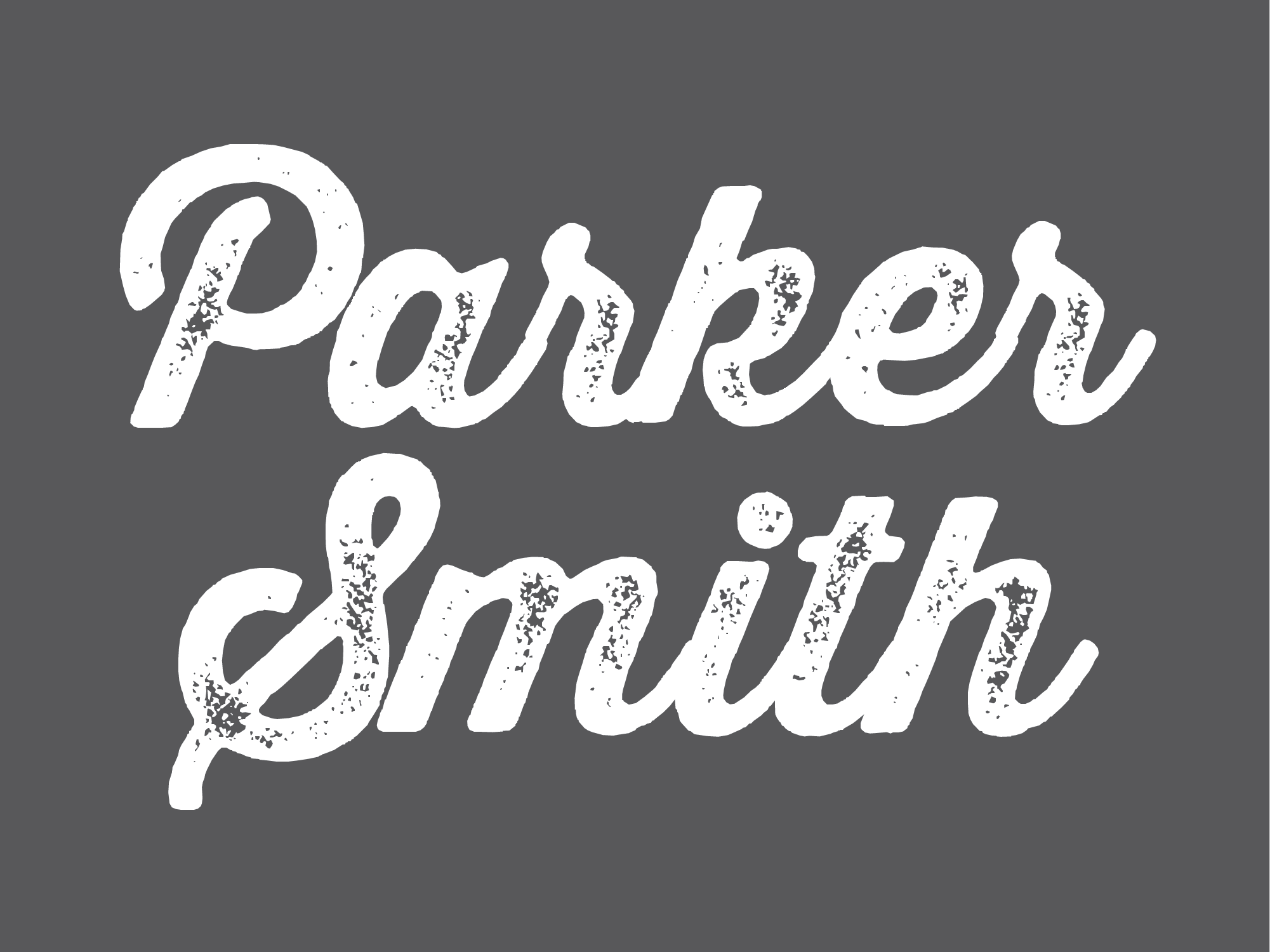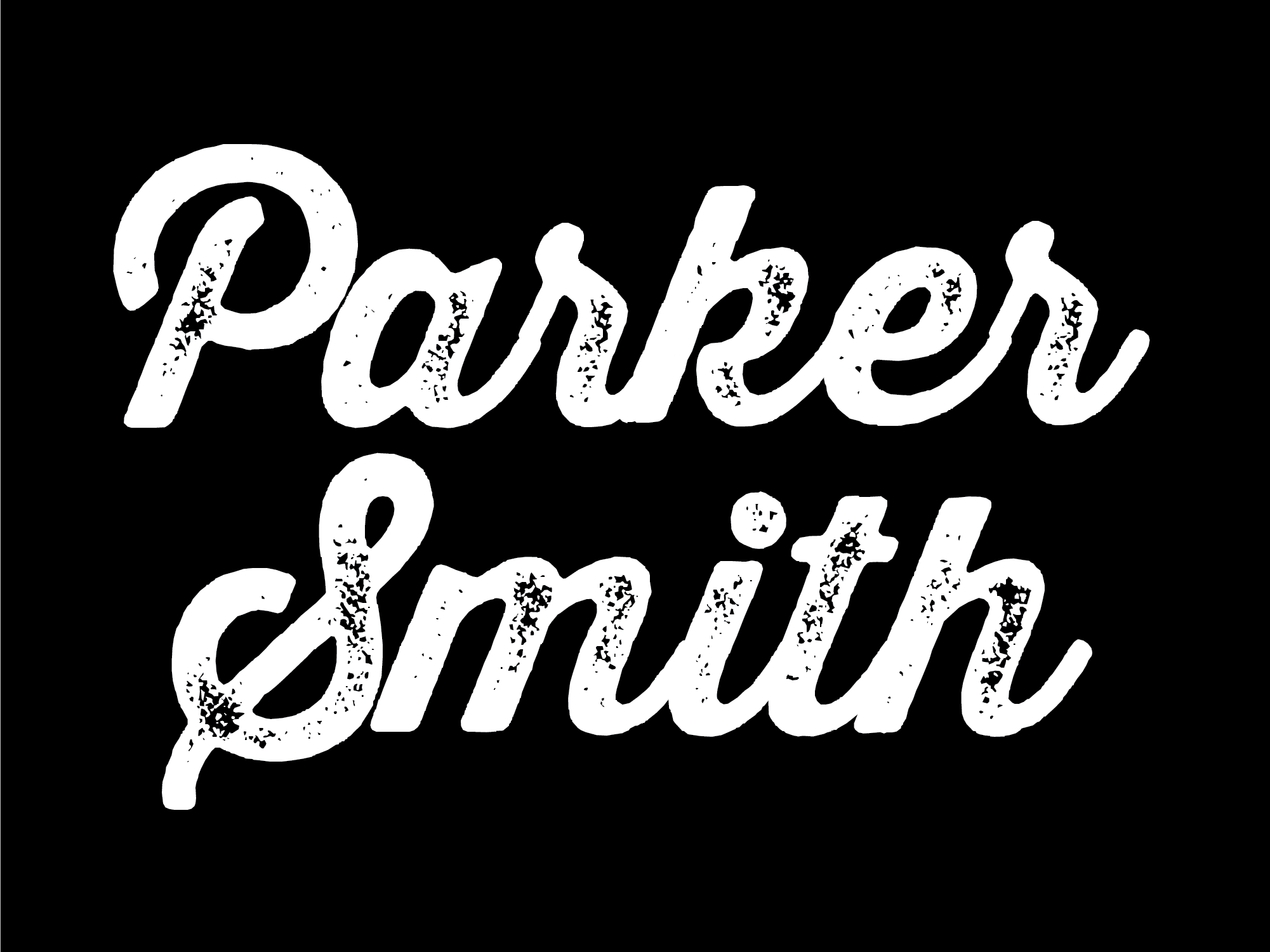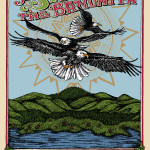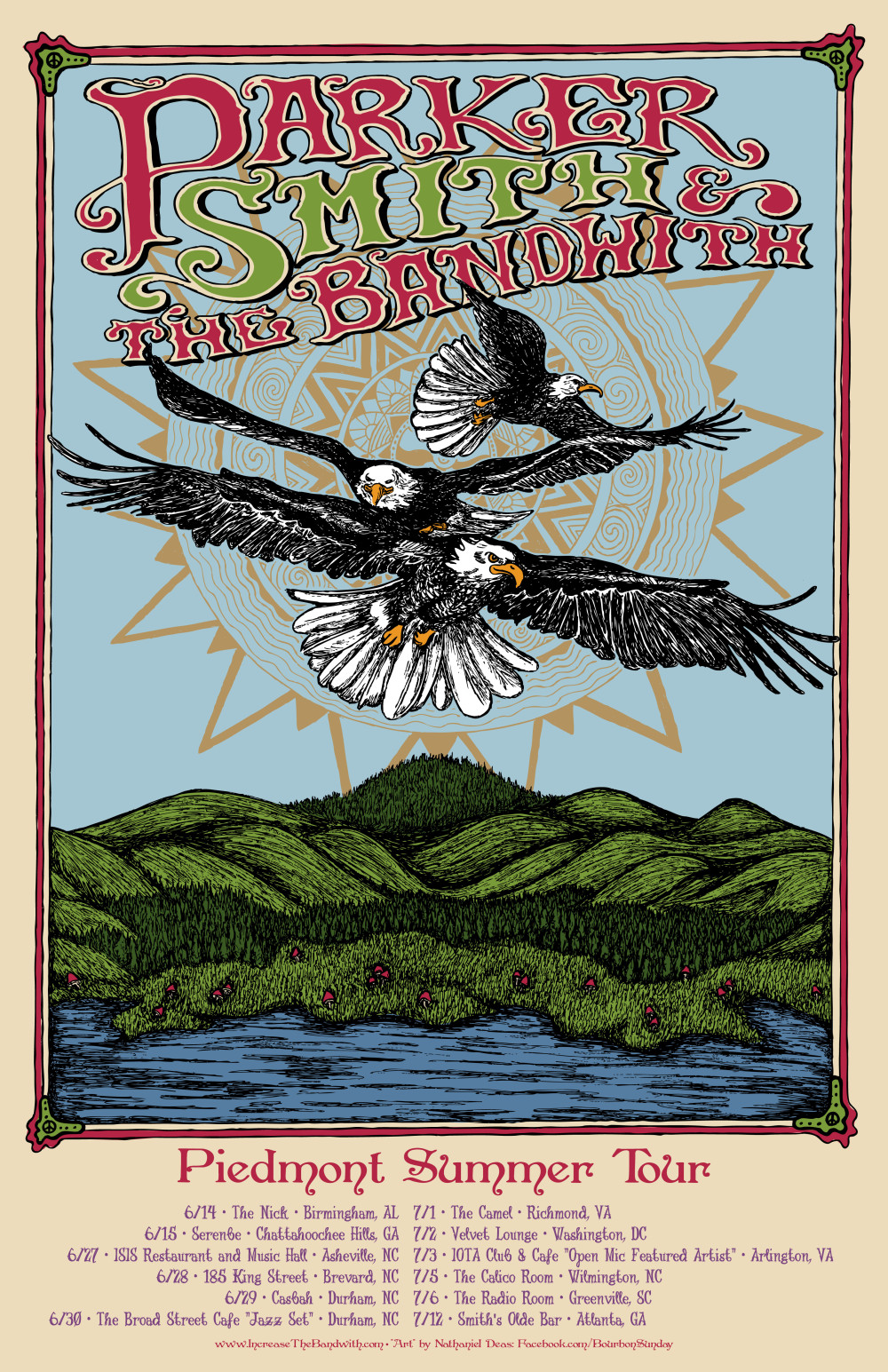Announcing the 2013 “PIEDMONT SUMMER TOUR”
- Piedmont Summer Tour Poster
This tour will wind through the region of the United States known as the “Piedmont”…see below for the inspiration for the name of the tour and click on the thumbnail above for a closeup of the tour poster. Whereas, the “Solo Flight” design had one eagle, this poster depicts three eagles because I will be joined by Chris Ziegler on bass and Brandon Kunka on drums. Click on the venue links below for ticket and pre-sale info or head over to the tour dates page.
6/14 – The Nick – Birmingham, AL
6/15 – Serenbe – Chattahoochee Hills, GA
6/27 – ISIS Restaurant / Music Hall – Asheville, NC
6/28 – 185 King Street – Brevard, NC
6/29 – Casbah – Durham, NC
6/30 – Broad Street Cafe “Jazz Set”– Durham, NC
7/1 – The Camel – Richmond, VA
7/2 – Velvet Lounge – Washington, DC
7/3 – IOTA Club & Cafe – Arlington, VA
7/5 – The Calico Room – Wilmington, NC
7/6 – The Radio Room – Greenville, SC
7/12 – Smith’s Olde Bar – Atlanta, GA
From Wikipedia….The Piedmont is a plateau region located in the eastern United States between the Atlantic Coastal Plain and the main Appalachian Mountains, stretching from New Jersey in the north to central Alabama in the south. The Piedmont province is a physiographic province of the larger Appalachian division. The name “Piedmont” comes from the French term for the same physical region, literally meaning “foothill”, ultimately from Latin “pes montium”, meaning “the foot of the mountains”….The Piedmont region is closely associated with the Piedmont blues, a style of blues music that originated there in the late 19th century. Most Piedmont blues musicians came from Virginia, the Carolinas, and Georgia. During the Great Migration, Black Americans migrated to the Piedmont. With the Appalachian Mountains to the west, those who might otherwise have spread into rural areas stayed in cities and were thus exposed to a broader mixture of music than those in, for example, the rural Mississippi delta. Thus, Piedmont blues was influenced by many types of music such as ragtime, country, and popular songs—styles that had comparatively less influence on blues music in other regions.



